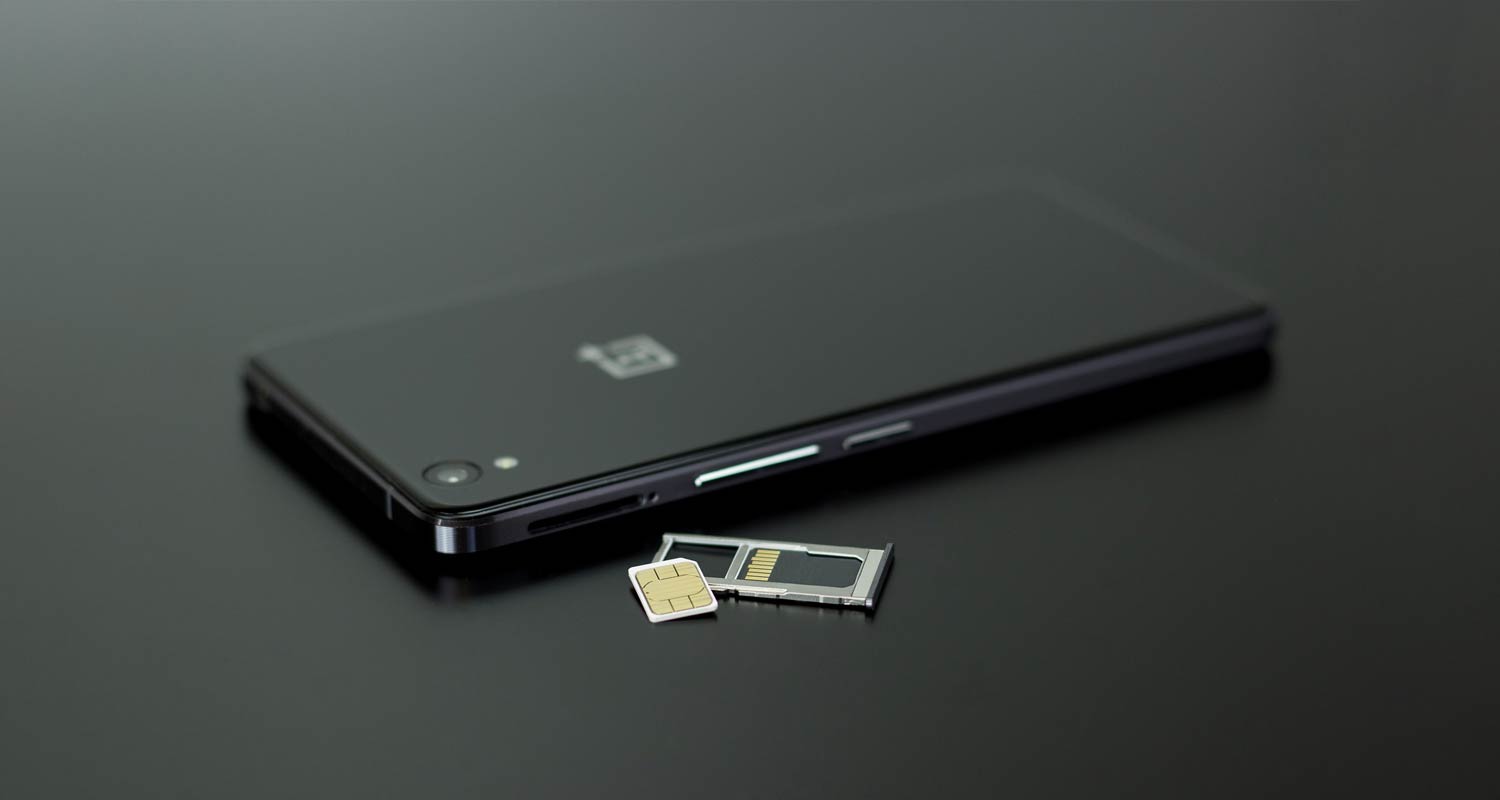 Embedded Sims, or eSims, increase the likelihood that mobile phone users will switch network providers, impacting churn levels. Is this why South African mobile operators have been slow to adopt the technology?
Embedded Sims, or eSims, increase the likelihood that mobile phone users will switch network providers, impacting churn levels. Is this why South African mobile operators have been slow to adopt the technology?
Data from Opensignal, an independent mobile network analytics provider, shows that users with eSim-capable devices are more likely to switch networks. Observations from seven markets – Brazil, Indonesia, Singapore, South Korea, Taiwan, the UK and the US – revealed marked increases in operator switching by eSim users compared to traditional Sim card holders.
The research did not cover South Africa, but it’s likely eSims will encourage similar behaviour here.
“Our analysis shows that the arrival of eSims is altering how consumers switch operators. They will cause operators to adopt new tactics to retain and acquire users, and threaten to make it easier for consumers to switch operators, as it means they can do so without face-to-face interaction or waiting for the shipment of a physical Sim card,” said Opensignal in its report.
The prevalence of eSims in international markets is growing as manufactures such as Apple and Samsung incorporate the technology into their smartphones. Apple began shipping the iPhone 14 and all its variants without a physical sim to the US in 2022, which pushed mobile operators to add eSim support to their networks. Samsung and Google offer dual-Sim devices that support both a physical and an eSim.
Embedded Sim technology not only simplifies the process of switching between operators, but also maximises the number of options available to consumers. “It is possible to store several purchased eSim profiles so users can switch frequently between operators, using optimal tariffs for each specific situation like making a call or engaging in international roaming,” Opensignal said.
Consumers to benefit from eSims
The commoditisation of network connectivity as eSim adoption rates increase is likely to benefit consumers. Network providers, however, will face new challenges such as a decline in retention rates and increased churn.
“As the technology grows, we will see a significant focus on loyalty programmes as telcos are forced to deliver more value to retain customers,” said a technology expert at one of the prominent network operators in South Africa, who asked to remain anonymous as he wasn’t cleared to speak on the subject.
South Africa’s eSim adoption rates are low, partly due to the novelty of the technology and it being exclusive to high-end products – for now. According to the expert, whether operators actively push eSim technology onto consumers as it becomes cheaper – despite the threat it poses their businesses – is a matter of recognising where its benefits lie.
Read: The eSim revolution is here: Juniper Research
“Technology is always accepted by the market, if it brings benefit. With eSims come increased reliability, more use cases and a decrease in costs,” he said.
Read: Vodacom is bringing eSim support to more devices
Reliability comes with the removal of a physical card that is susceptible to damage such as scratches, breakage and loss. Costs decrease as less – and eventually no – Sim cards will need to be manufactured. The increase in use cases, he added, is directly linked to the evolution to 5G: “There will be an IoT explosion in eSim. Not only will your phone be connected to your network, but also your watch and fridge.” — © 2023 NewsCentral Media




